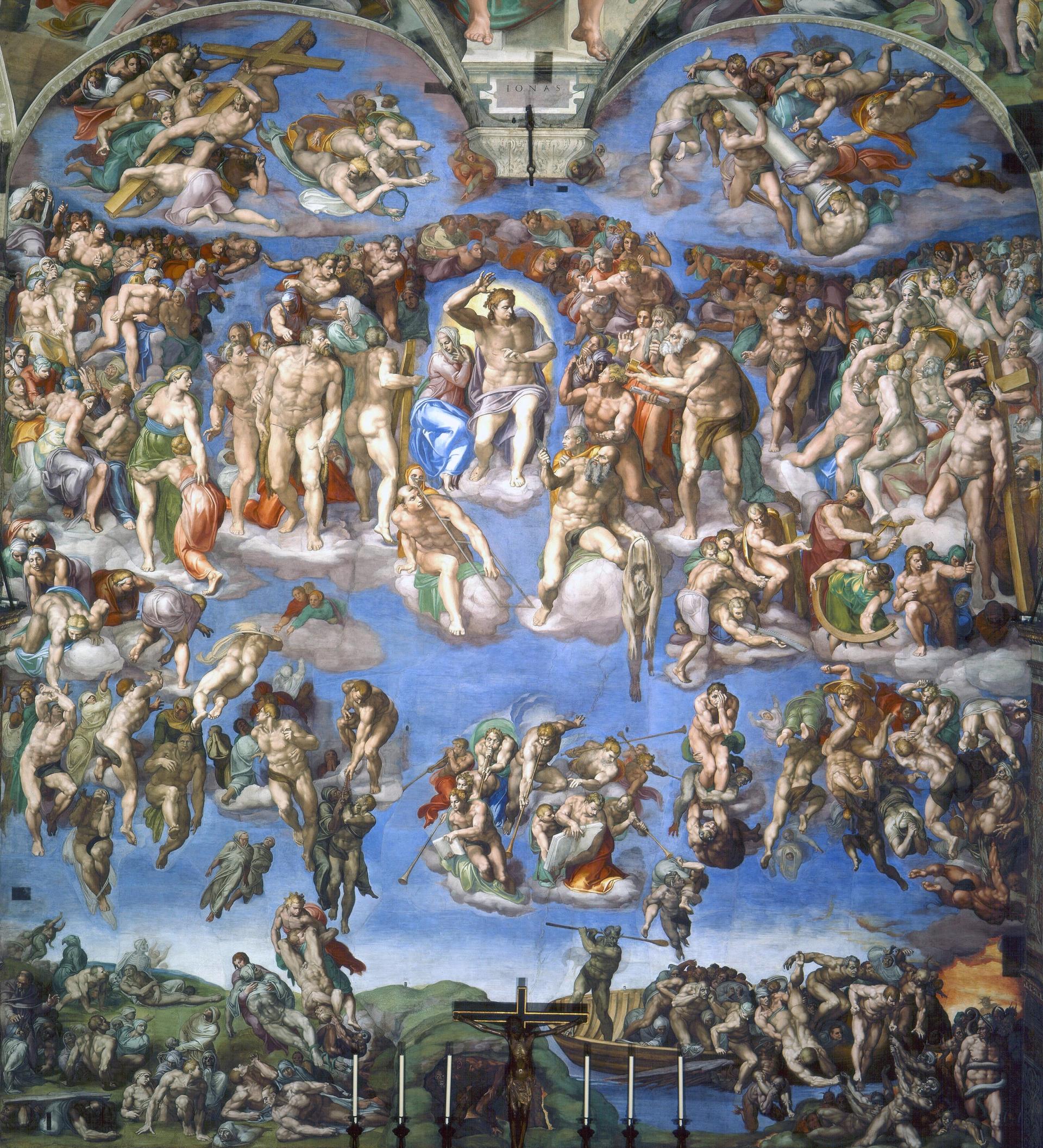There is an air of inevitability in Michelangelo’s David being “cancelled”. In today’s feverish climate dominated by the so-called culture wars, a nude Renaissance sculptural masterpiece seems fair game for worried Florida parents grappling with whether a nude statue is inappropriate in certain contexts, i.e. for certain age groups.
According to Tallahassee Democrat newspaper, three parents of Tallahassee Classical School students complained about the nude statue, with one saying his child “shouldn’t see these pieces” (the backgrounds of these complainants were not disclosed ). Crucially, the parents said they had not received an information note – in other words, no “trigger warning” had been issued.
Following the complaints, Hope Carrasquilla, the principal of the conservative charter school, was ousted by council after less than a year of work. We’ve asked school board president Barney Bishop to elucidate. He gave us a report in vintage times, who claims that the work was never called “pornographic” and that the accounts that the school principal was forced to resign because of the content of the art lesson are “dishonest”.
Jeff Kottkamp, the school’s general counsel, sent the following update: “The controversy was never about s. This was to follow the school’s policy of notifying parents whenever a subject that could be considered sensitive comes up in class. The school believes that parents should be the ones who ultimately decide when their children, especially primary-aged children [5-11]are exposed to such topics.
But did the parents who complained about the statue’s inclusion in the Tallahassee Classical School curriculum foresee how divisive the controversy would become? Frenzied media coverage, memes and late-night comedy skits ensued as Florida’s Department of Education scrambled to highlight the statue’s “artistic” and “historical value” (the genitals of the Renaissance are, for now, still good for Florida’s education czars).
My first thought was whether this debacle would have taken place ten or 15 years ago. Probably not. “The advancement of anti-intellectual populist governments around the world and uprisings against discrimination and inequality such as Black Lives Matter have resulted in a reset of perspectives and principles,” I write in the introduction to my recently published book. . Censored art today.
But some people have argued that Michelangelo shouldn’t be the last victim of the cancellation carousel. Cecilie Hollberg, the director of the Accademia Gallery in Florence, is candid about the origin of the unrest in Florida. “It’s not me who judges the motivations [of those] in the USA. As director of one of the most important museums in the world, precisely because of the sculpture of David by Michelangelo – a masterpiece of the Renaissance, an icon of sculpture – I am surprised by the ignorance that seems to be at the heart of what happened in Florida. Ignorance in [this] meaning of the term: ignorance of Western culture (the Bible, history, art history); it is alarming. Not knowing one’s own culture and history is very serious.
Indeed, it is difficult to disentangle here where politics stops and where art begins. Observers say a political agenda underlies the principal’s dismissal. “The decision to oust Carrasquilla rides on a cresting wave of conservative education legislation in Florida and across the United States,” we reported, referring to Florida Governor Ron DeSantis’ efforts to transform Florida’s school system. ‘State.
Writer Arwa Mahdawi is candid about the issues of Guardian. David’s drama “is just the latest example of a terrifying drift toward censorship and authoritarianism in Florida. Governor DeSantis, who has been described as the governor of education, is on a crusade against censorship and its first major battleground was the schools.Parents end up setting the bar here, their judgment – rightly or wrongly – trumping the opinions of educators.
But this is not the first time that the Puritans have come looking for Michelangelo. When David was first unveiled in 1504 in front of the Palazzo Vecchio in Florence, a blanket of fig leaves was placed over his soldiers by nervous city officials. After the artist’s death in 1564, Pope Paul IV commissioned Daniele da Volterra to paint Michelangelo’s nudes. Last judgement, earning him the infamous title of Il Braghettone or The Breeches Painter (basically, he painted pants on all of Michelangelo’s offensive body parts). Minimizing nudity was also a consequence of the Catholic Counter-Reformation doctrinal movement.

Michelangelo Last judgement in the Sistine Chapel
It perhaps seems unfair to call Volterra a “prudish profaner”, as one reviewer put it, especially since his actions may well have prevented further desecration of the Sistine Chapel. More than 450 years separate these arbiters from Michelangelo’s morality, demonstrating how today’s proponents of taste and decency are reverting to a more medieval morality.
“Kenneth Clark, the author of Civilization: a personal point of view (1969), describes the difference between nudity, which is a celebration of the human body, and nudity, which is taken in an unwelcome state of helpless or shameful undress. Michelangelo’s David Stands Naked, a proclamation and celebration of God’s greatest creation, we humans,” says William Wallace, professor of art history at Washington University in St. Louis. It should also be remembered that Michelangelo drew on the classical ideal charged with meaning for Renaissance aesthetes, who considered this type of nudity to be the apotheosis of beauty.
Wallace adds: “The current controversy is the latest installment in a long history of censorship and iconoclasm [reflecting] the desire to remove and/or destroy works of art and literature that have troubled morals, usually without reference to a work’s history and context.
This is the biggest lesson we can take from this debacle: context is everything, and art historians must retain their most important touchstones while respecting the culture of others.
